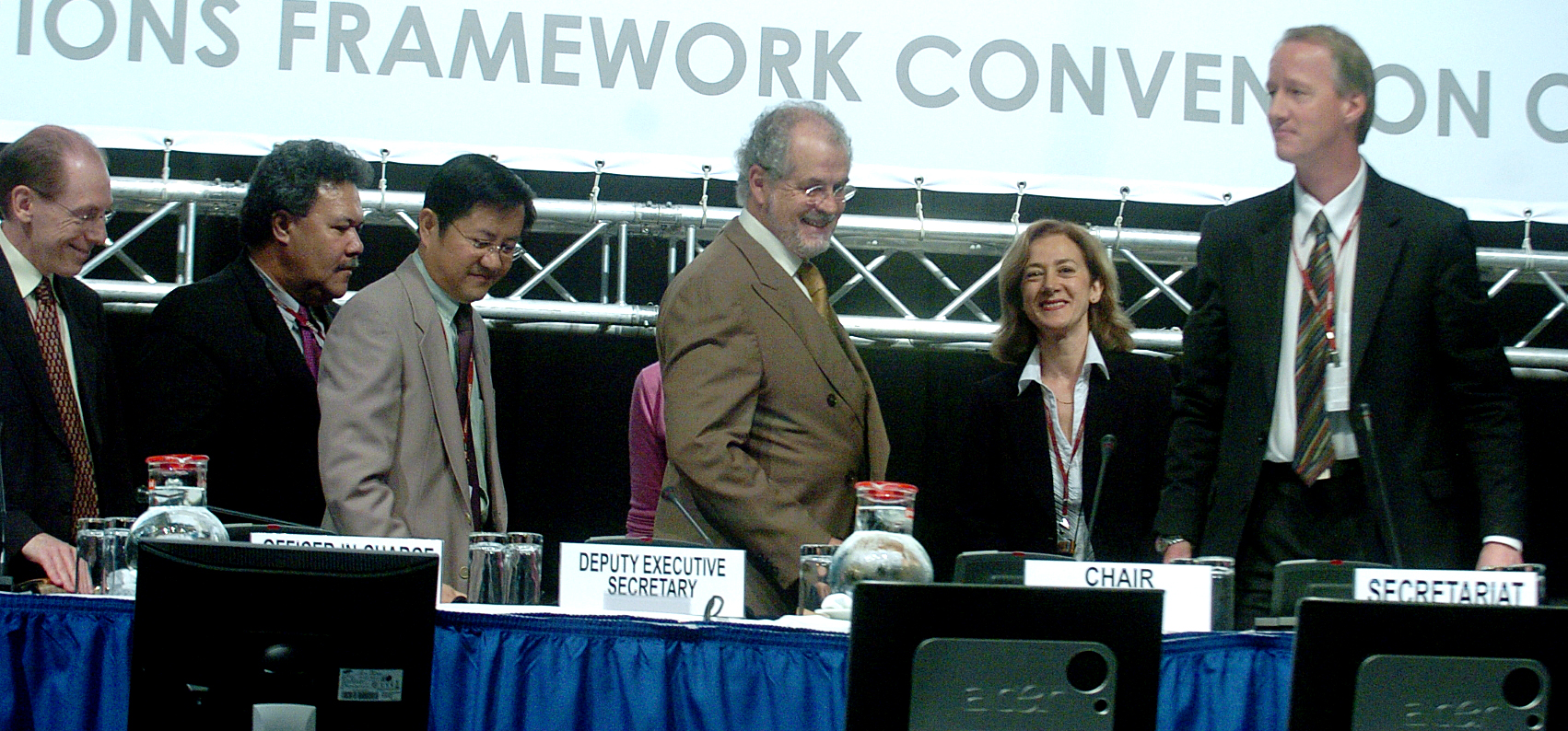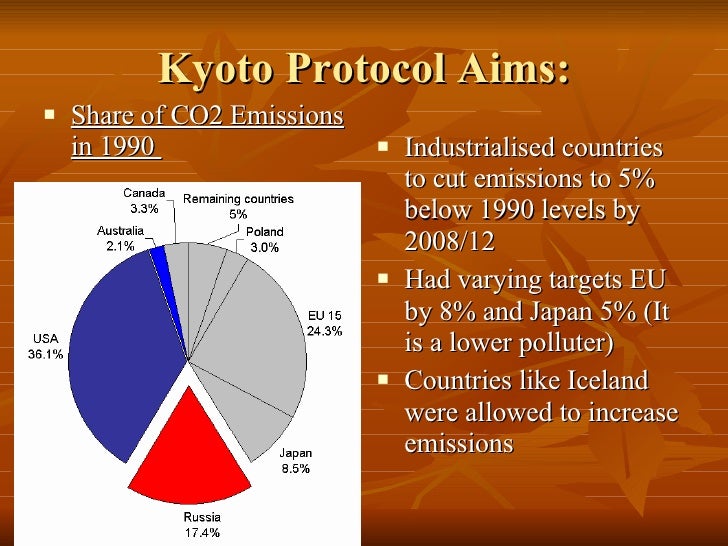Kyoto Protocol Presentation
| Introduction to the Kyoto Protocol | ||
|---|---|---|
| The Kyoto Protocol is an international agreement aimed at combating climate change. It was adopted in 1997 and came into force in 2005. The protocol sets binding targets for reducing greenhouse gas emissions. | ||
| 1 | ||
| Key Objectives of the Kyoto Protocol | ||
|---|---|---|
| Reduce global greenhouse gas emissions to mitigate climate change. Encourage sustainable development and the use of renewable energy sources. Promote international cooperation and technology transfer to achieve emission reduction goals. | ||
| 2 | ||
| Commitments of Annex I Parties | ||
|---|---|---|
| Annex I Parties are industrialized countries that have committed to specific emission reduction targets. These targets are legally binding and vary for each country, based on their historical emissions. Annex I Parties are required to report their emissions annually and implement policies to meet their targets. | ||
| 3 | ||
| Flexibility Mechanisms | ||
|---|---|---|
| The Kyoto Protocol introduced three flexibility mechanisms: Clean Development Mechanism (CDM), Joint Implementation (JI), and Emissions Trading. CDM allows Annex I Parties to invest in emission reduction projects in developing countries and earn emission credits. JI enables Annex I Parties to invest in emission reduction projects in other Annex I Parties and earn emission credits. | ||
| 4 | ||
| Kyoto Protocol Successes | ||
|---|---|---|
| The Kyoto Protocol facilitated the reduction of greenhouse gas emissions by Annex I Parties. It created a framework for international cooperation on climate change. The protocol served as a basis for subsequent climate agreements and negotiations. | ||
| 5 | ||
| Challenges and Criticisms | ||
|---|---|---|
| The Kyoto Protocol did not include emission reduction commitments for major developing countries, such as China and India. Some countries failed to meet their emission reduction targets, undermining the effectiveness of the protocol. The United States, one of the largest emitters at the time, withdrew from the Kyoto Protocol. | ||
| 6 | ||
| Kyoto Protocol's Legacy | ||
|---|---|---|
| The Kyoto Protocol paved the way for the Paris Agreement, a more comprehensive and inclusive climate agreement. It raised awareness about the urgency of addressing climate change on a global scale. The protocol highlighted the importance of international cooperation in tackling climate change. | ||
| 7 | ||
| Impact on Global Climate Action | ||
|---|---|---|
| The Kyoto Protocol influenced the development of domestic climate policies and legislation in many countries. It encouraged the adoption of renewable energy sources and energy efficiency measures. The protocol set a precedent for future climate agreements, building on its achievements and lessons learned. | ||
| 8 | ||
| Current Status and Future Outlook | ||
|---|---|---|
| The Kyoto Protocol's first commitment period ended in 2012, and the second commitment period concluded in 2020. The focus has shifted towards implementing the Paris Agreement and increasing ambition in emission reduction targets. The lessons learned from the Kyoto Protocol contribute to ongoing efforts to address climate change. | ||
| 9 | ||
| References (download PPTX file for details) | ||
|---|---|---|
| Insert references here.... Your second bullet... Your third bullet... |  | |
| 10 | ||







